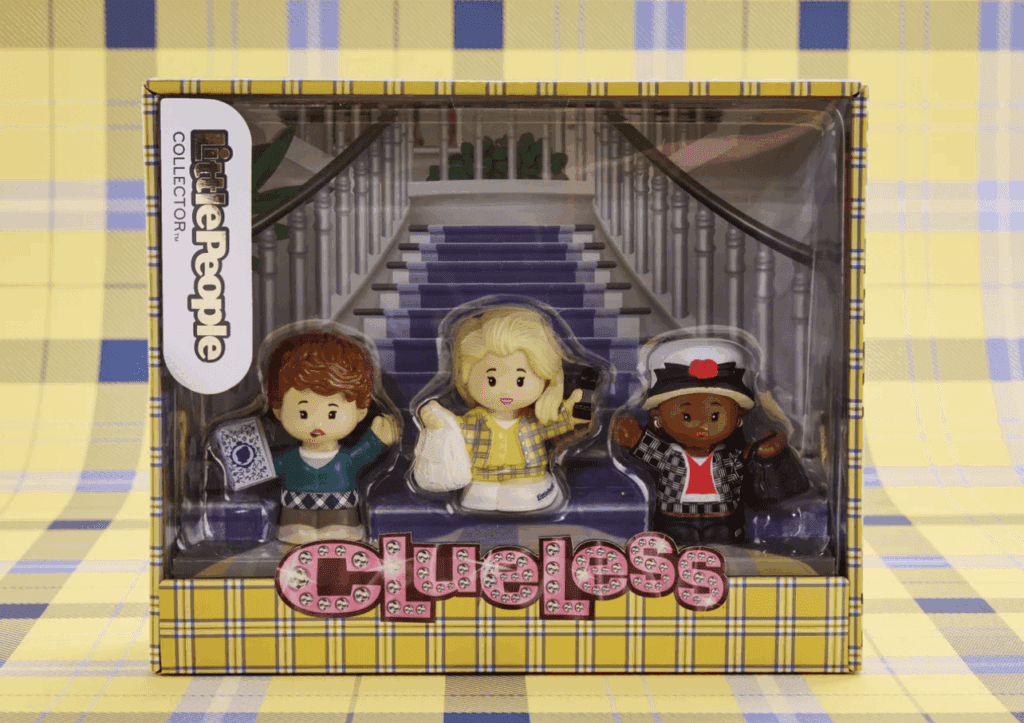Our world might have a lot of companies, players, and activities, but it’s missing something, a really big success story. The brands themselves, who thrive off of more customers, range from small to Fortune 100, but what we haven’t really seen yet is a company who makes it’s money primarily on a performance basis break free of being “just” a $100 million (or even $200 million) per year business to become what Google has, a company that makes more than a billion dollars per year. Up until recently, our space hasn’t had a company worth a billion dollars, and today, there is one, but that valuation comes from the private markets not the public ones. The largest companies in our space tend to be the networks, but it is unclear just how large a pure play network can scale. So far, they have been able to scale rapidly and hit impressive run rates, but sustainability has been a problem. If not them, then what type of company will break through and become that billion dollar customer acquisition business? Some are closer than others, but here are the leading contenders by type.
-
Differentiated Content in High Value Verticals – finding a pure play in this arena is tough, because on the surface, differentiated content generally refers to sites with high organic traffic. In this model, differentiated content isn’t so much about being a content portal like Yahoo, it’s about owning premium real estate. In the case of the billion dollar play, it isn’t just about owning premium real estate, but a business that has brand recognition. It’s a site that users chose to go not only because of its high organic listing but also a loyalty factor. The most obvious, albeit non-commercial example is Wikipedia. Its pages rank highly, and the content on those pages is, on the whole, superior to many other sources. In the customer acquisition world, the closest example is probably Bankrate. In the world of financial services, you will struggle to type in a query where one of their brands pages does not rank highly. They are areas where users have needs, and they are also areas where companies will pay quite a bit to acquire users. Getting to scale, though, means being in multiple verticals and having more than one marquee property. It also means having a business that goes beyond organic traffic, but it is one that will leverage the brand it has for organic to areas where they more actively market for new users, such as insurance.
-
Location Based Services – if I ask my non-tech / trendy friends, they won’t know what foursquare is. They will hear the term and think of gps, a map, or something else along the literal sense for location based services. We can’t say that we completely get these businesses, of which foursquare is the most brand recognizable. They revolve around check-ins, a sub-segment of your social graph, and game theory to keep users interested. It’s nice to be able to see where your friends are at a particular time, but for many the lure of checking is less about sharing your location and more about the points, badges, and other ego based rewards. They don’t make any money, yet, but that hasn’t stopped the virtually pre-revenue foursquare from obtaining a valuation great than $100mm. Checking-in might be a feature, but there is real power to shape, and influence, as well as creating a stronger bond between patron and location. Imagine a company/product that can increase patronage and earns a piece of the upside. Even a small piece, means a company that will earn well north of a billion dollars.
-
Curated Flash Sales – arguably no business model was hotter in 2009 than flash sales. Most guys found out about these sites from their significant others. Guilt Groupe, RueLaLa, and Hautelook didn’t begin their lives catering to men. They began by catering to those better known for shopping, the women. The premise is simple. You have a small time frame in which to purchase items from luxury brands at incredibly steep discounts. The sales begin at specific times, feature 15 to 40 items, and quantities are limited. The sales (by designer) might last for as little as a day or for a few days, but the sites have done such a good job restricting inventory, that the best merchandise goes almost immediately. For the brands, they can discreetly discount and get rid of old merchandise (and in increasing cases create custom pieces for this audience) without giving the appearance of discounting. The sales take place behind closed doors, so to speak (for members of these sites only), creating a sense of exclusivity as opposed to the feeling created by seeing a brand hanging on rack at bargain retail stores. All communication takes place via email (sale alerts, e.g.). Today, the sales encompass men’s, women’s, travel, with more and more specialized properties popping up, e.g., baby clothes and accessories. Most impressive of all, besides that the leading company in the space is projected to do close to $400 million in sales this year, is that they grew their email lists well into the millions without spending a dime on acquisition.
-
Curated Local Daily Deals – if retail flash sales dominated 2009, then 2010’s darling is the local daily deal. The mechanics work incredibly similar to flash sales. Companies work on securing highly discounted deals. They are paid on a performance basis, which in this case is not the purchase of a tangible good but a voucher. Unlike their flash sale luxury good counterparts, daily deal sites don’t have any inventory issues. (Some daily deal sites for instance purchase goods from a manufacturer). And, instead of being in limited quality, the more people who purchase the better. Scarcity plays a rather important role here, but it is time based as opposed to quantity based. If the user doesn’t purchase the deal within the allotted time frame, which for the larger players (Groupon and LivingSocial) is less than 24hrs, they won’t have the chance to purchase it again. The deals tend to involve restaurants and select service offerings (such as manicures, spas, and dry cleaners). Users select their geography and receive deals for that location. The vouchers tend to come in the form of pay $25 for $50 worth of x. Unlike earlier versions of this model, e.g., Restaurant.com or Entertainment book, the vouchers include food and drinks (speaking of restaurant deals). The group buying nature also adds social proof, making it ok to be a coupon shopper; whereas, other variations alienated those who weren’t comfortable showing up with a coupon… with the bad economy not hurting either. As for revenues, the purported numbers are astounding. It is not uncommon for them to generate $15,000 / day in transactions, and that is for one metropolitan area. The largest player in the space, Groupon, is rumored to generate somewhere near $300 million top line in 2010. Not bad for a company founded in the latter part of 2008. Continued verticalization is being seen, but the model is being widely applied. Social gaming site Zynga recently unveiled a group buying component for its virtual goods. This is one model with a lot of momentum.
 Network
Network

